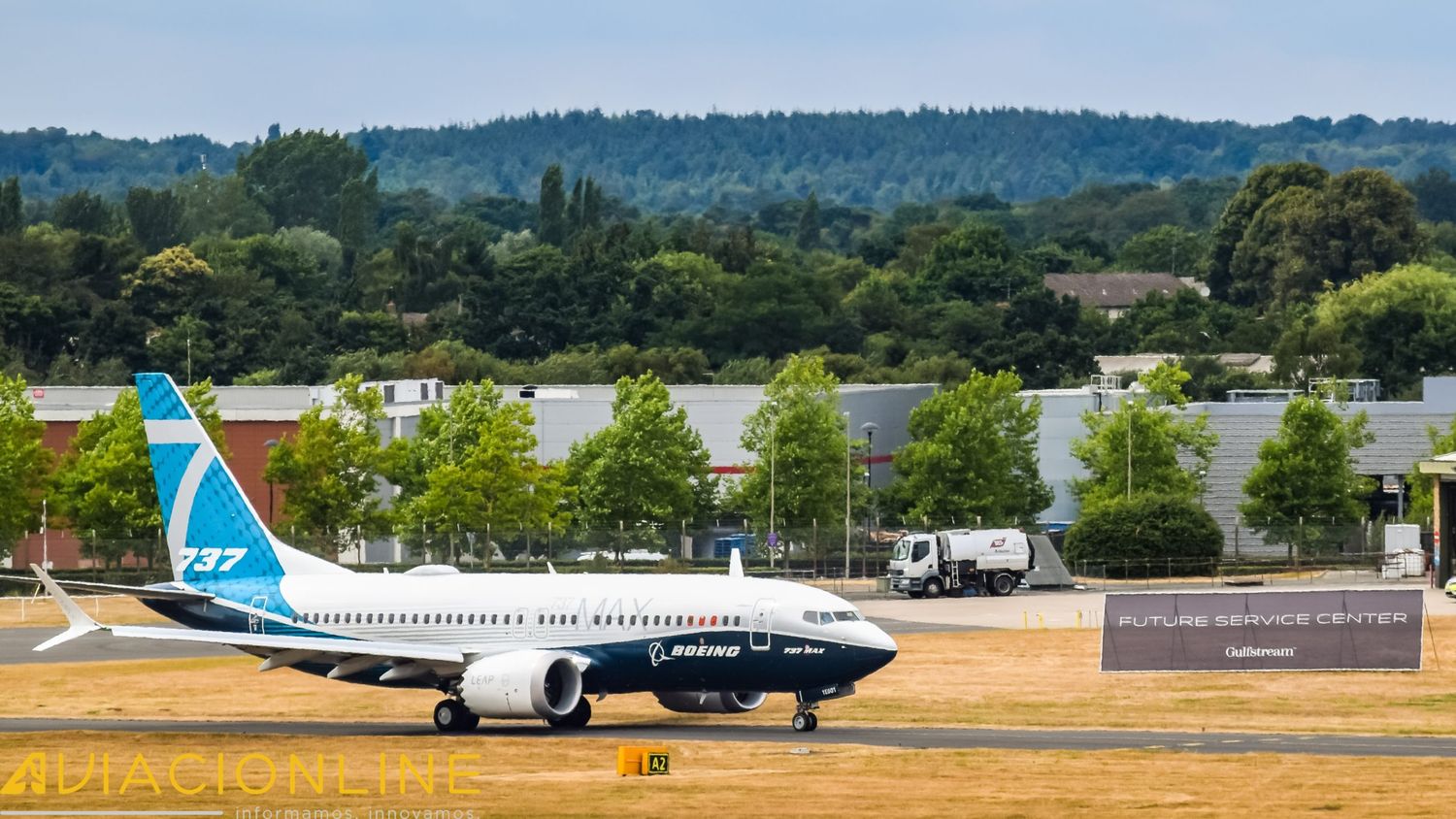Europe: EASA may require safety modifications for the Boeing 737 MAX 7 and MAX 10
According to a report by Dominic Gates for The Seattle Times, the European Aviation Safety Agency (EASA), Europe’s civil aviation regulator, could demand that Boeing actually make the safety modifications currently under discussion for the 737 MAX 7 and 737 MAX 10, regardless of what the United States Congress decides on the matter.
Democratic Senator Maria Elaine Cantwell introduced a bill last week that would ease the way for both aircraft to enter service without the changes currently demanded by the Federal Aviation Administration (FAA), albeit with conditions. The amendment would require all American carriers to adopt two upgrades as a condition of granting the manufacturer additional time to certify the aircraft, which are not yet operating commercially.
However, other members of Congress seek to grant Boeing an exemption without additional requirements. Should that initiative prevail over Cantwell’s, European airlines would likely have to meet higher standards than their United States counterparts.
In January 2021, when EASA approved the resumption of Boeing 737 MAX 8 and MAX 9 operations after nearly two years on the ground, it added a condition that the United States regulator had not requested. To achieve the aircraft’s reintroduction, Boeing agreed to implement two safety improvements for the 737 MAX 10, which would then be applied to the MAX 8 and MAX 9 already in service.
The changes consisted of improving the angle-of-attack measurement system and adapting a switch that would allow the crew to silence an erroneous stick shaker (stall warning). Boeing is currently testing both upgrades on the largest variant of the family.
What will become of the 737 MAX 7 and MAX 10 variants?
In this context, a Congressional amendment would be the only alternative that would allow Boeing to obtain certification of the MAX 7 and MAX 10 variants with the current warning systems. However, it is not yet clear that Cantwell’s proposal will become law. The extension is being debated in both the House of Representatives and the Senate.
One way or the other, the stakes of this decision are high for Boeing. If it gets a deadline extension, it could finally achieve certification of the remaining 737 MAXs. If not, the manufacturer would have to redesign them to meet the new requirements or even cancel both variants. Despite the ups and downs of the process, and in spite of the still uncertain future of two of its variants, Boeing continues to find interested customers for the 737 MAX.
Cantwell, Washington representative in the upper chamber of the Unied States Congress, said the amendment sets no deadline for certification and requires retrofits to be completed within two to three years. In that sense, she clarified that «safety should be the goal, not a date».
The senator’s proposal links the issue of extending the timeframe for achieving certification of the MAX 7 and MAX 10 with the possible requirement to retrofit the MAX 10 safety upgrades. However, it is also possible that the MAX 10 changes could be dealt with separately in the near future if Congress approves the extension without conditions.
Should the European regulator demand the adaptations, its peers on the other side of the Atlantic could be forced to demand them as well.


Comentarios
Para comentar, debés estar registrado
Por favor, iniciá sesión